|
Employing the Balanset-1A System
Getting the Equipment Ready
- accelerometers, laser rpm sensor, mounting stand, software application, and additional tools.
- Set up the instrument and connect it to your computer via USB. Verify that the software is correctly installed.
Mounting the Sensors
- Fix the accelerometers securely to the machine's structure in locations where vibrations are most prominent, ideally near the bearings.
- Aim the optical rpm sensor at the rotating shaft and apply a reflective strip to the shaft for phase angle data acquisition.
Starting the Program
- Open the Balanset application on your PC.
- Choose the correct balancing method (single or two-plane) according to the rotor configuration and the balancing task.
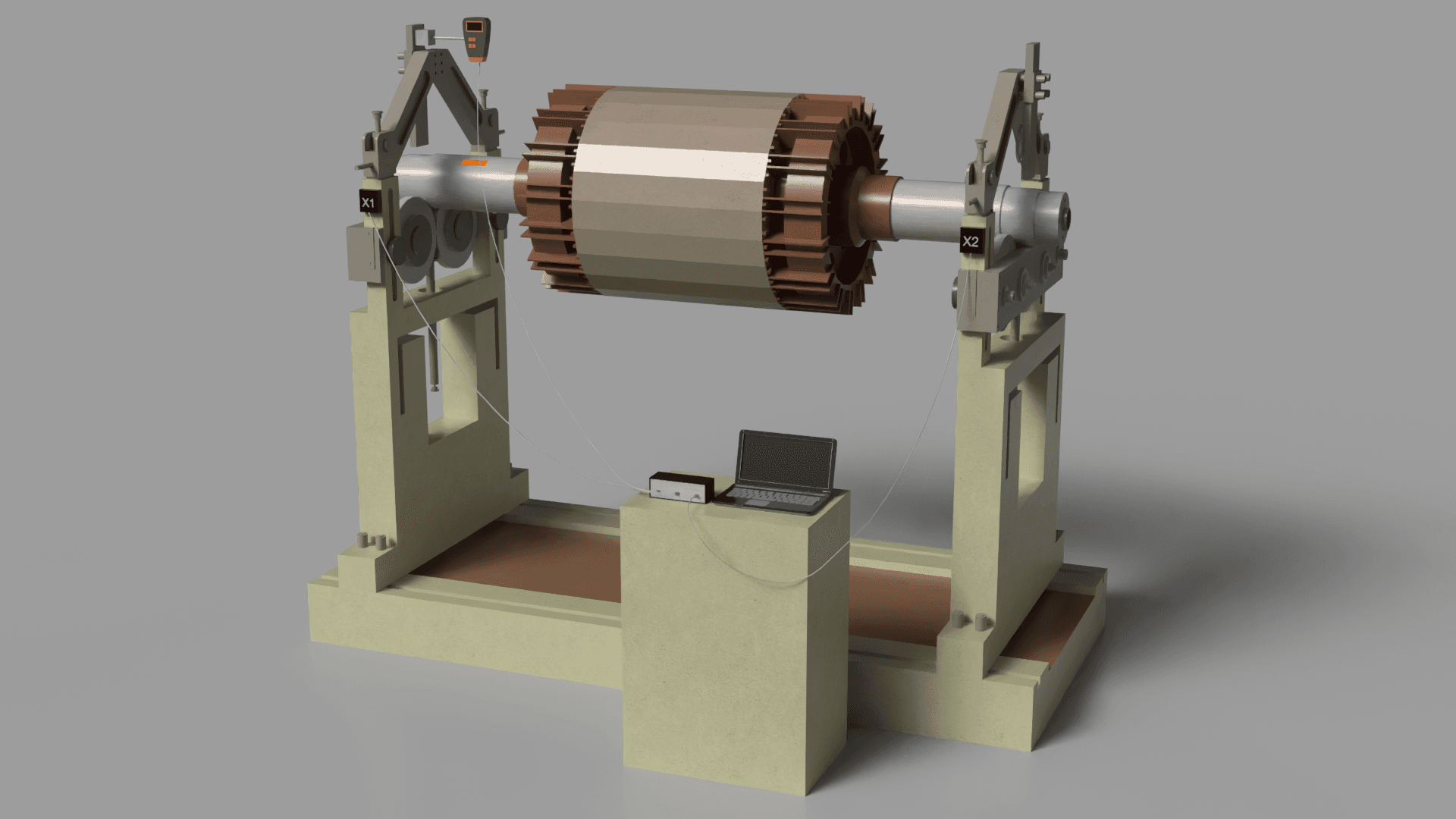
- Bring the rotor to its normal operating rotational frequency.
- The application will acquire data on vibration magnitude, rotational velocity, and phase angle to determine the initial imbalance state.
Attaching the Trial Weight
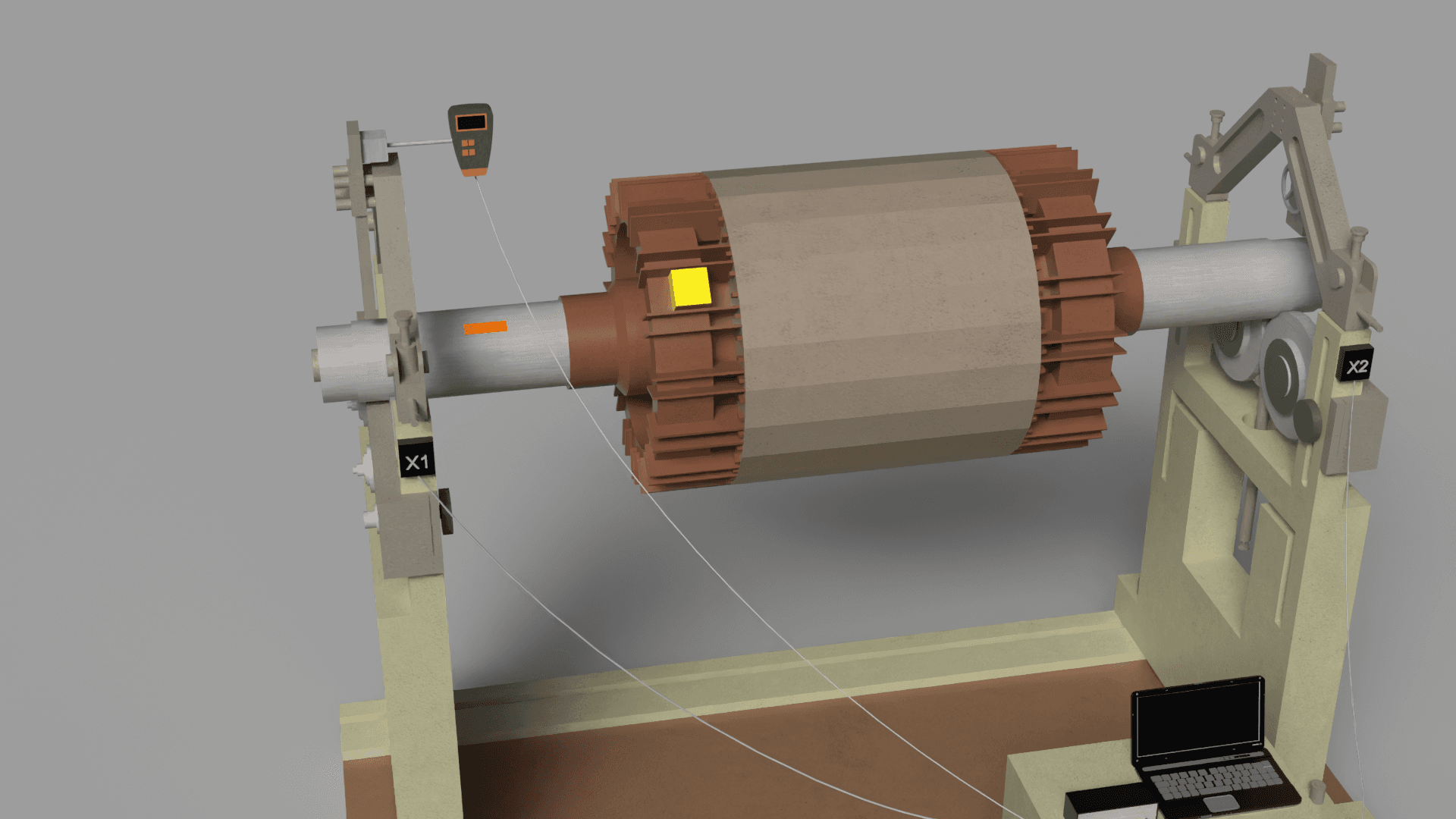
- Bring the rotor to a standstill and affix a trial weight at a predetermined point on the rotor, specifying its mass in the software (typically in grams).
- Resume rotor operation, and the program will capture the resulting changes in vibration amplitude and phase.
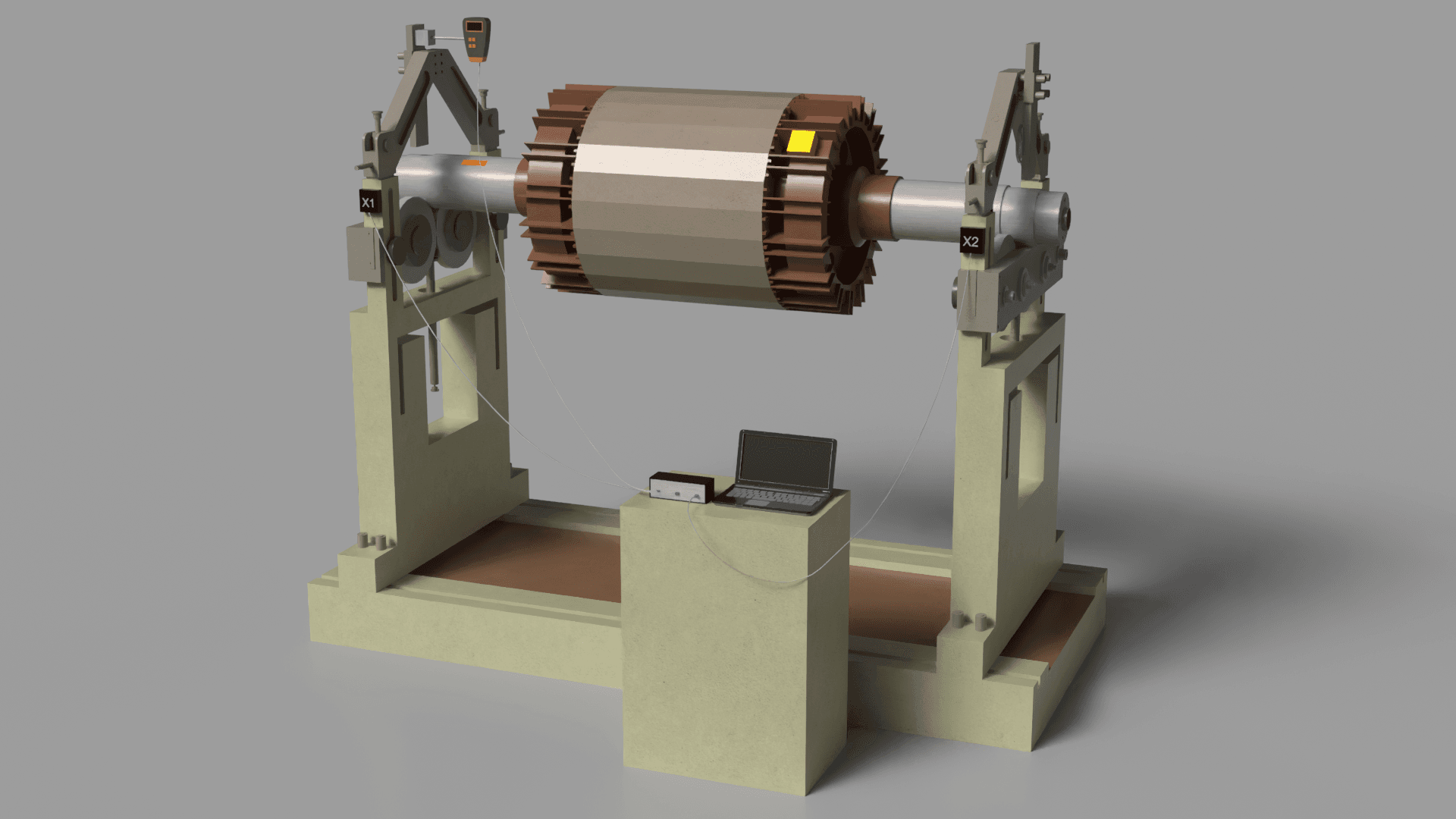
Calculating the Correction Weight
- Using the acquired measurements, the program automatically determines the required corrective weight's mass and angular position.
- The results of the calculation are shown both numerically and visually through charts and graphs.
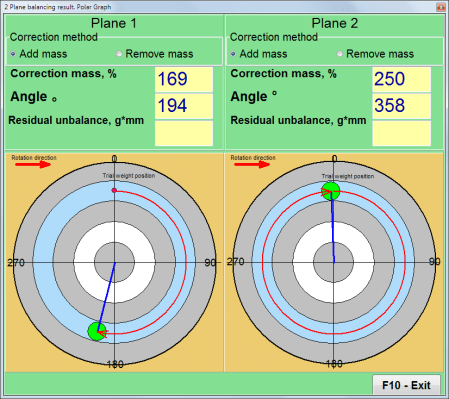
Attaching the Corrective Mass
- Install the correction weight on the rotor according to the software's calculations.
- You can conduct interim measurements to confirm that the imbalance is decreasing as expected.
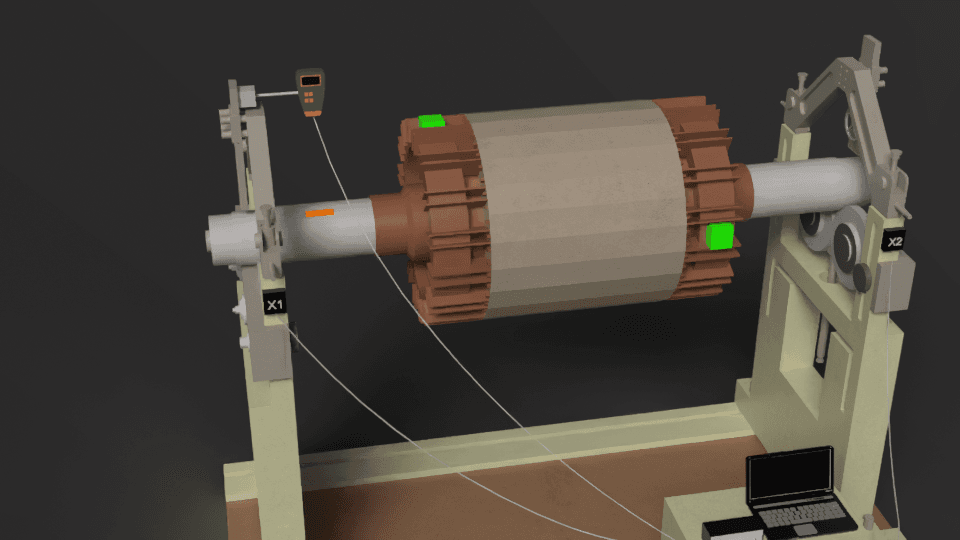
Verification and Balancing Completion
- Once the corrective weight is in place, restart the rotor and measure the remaining vibration amplitude.
- If the measured vibration falls within the tolerance defined by ISO 1940, the balancing process is considered successful.
- If the vibration is still outside acceptable limits, reiterate the process and fine-tune the compensating weight.
Generating a Documentation of the Balancing Results
- The balancing results are saved in the software's archive. You can create and print a report containing vibration data, correction weight mass, and its installation angle.
Post-Balancing Checklist
- Ensure all applied weights and attached sensors are firmly fixed in their designated positions.
- Ensure the rotor rotates smoothly and without excessive noise.
- If the rotor is part of a complex mechanism, verify the proper interaction of all its components.
Following this procedure enables accurate balancing, minimizes vibration, and prolongs the service life of the equipment.
Instagram: https://www.instagram.com/vibromera_ou/
Youtube : https://youtu.be/guA6XJ-ArZM?si=vmkuX7RILzKBl0zL
Our website about Elimination of mill vibration
Machinio: https://www.machinio.com/listings/98380186-portable-balancer-vibration-analyzer-balanset-1a-full-kit-in-portugal
Facebook: https://www.facebook.com/marketplace/item/350151228150722
http://longlive.com/node/4226 |




